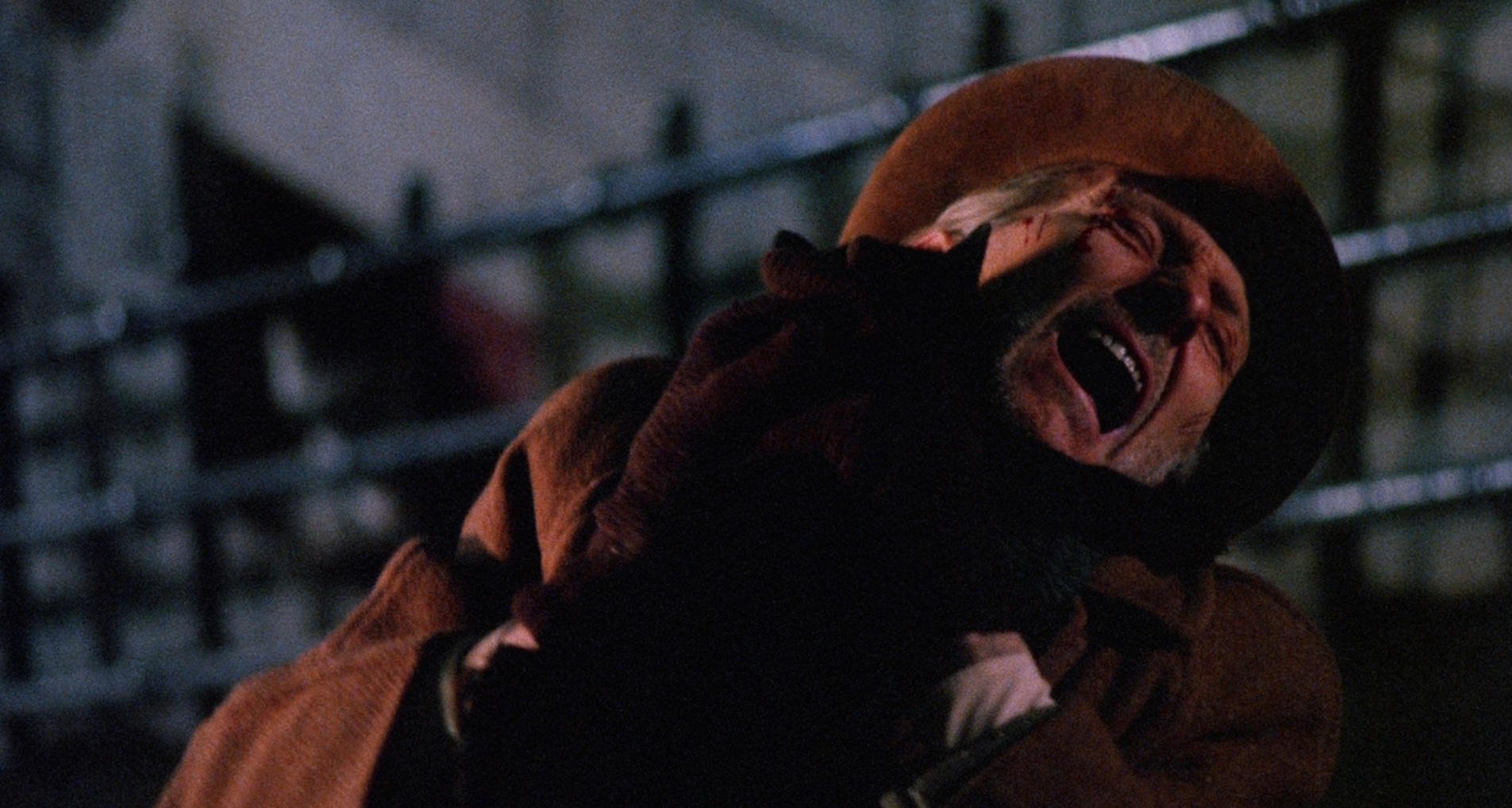
The Uncanny (1977)
“We have a mutual understanding. I scratch their backs and they don’t scratch mine.”
As with many anthologies, there's good and bad in The Uncanny. Unfortunately, the bad far outweighs the good. And in this half British, half Canadian effort, the British bit is the only half decent part of it.
The linking theme of the film is cats, and how evil they are. Peter Cushing (as good as ever) has the evidence - the problem is that it's so flimsy, it is surprising his publisher (Ray Milland) doesn't chuck him out halfway through the first story. It would have saved us all a lot of pain.
The big mistake in the film’s creation seems to have been that someone came up with an idea, and then they had to work the stories around it. So we have three stories where the cats could have done the dirty deed, but even when dramatised directly in front of us, it still looks like coincidence. Plus in the middle story, the cat isn't even the baddie!
The first tale is set in Victorian times, as long-suffering maid Susan Penhaligan tries to diddle her miserable old boss's cats out of their rightful inheritance after the old girl snuffs it. The overriding memory of this is Penhaligan being attacked by cats. Over and over and over again. Until she's absolutely caked in blood and her blouse is a right mess. Chuck in some half eaten cadavers and you've got the best bit of the film.
The second segment concerns a recently orphaned little girl who arrives at her new house to find that her cat or her books on witchcraft aren't welcome at all. The cat is taken off to the vets to be put down, the books are chucked on the fire. The gory ending also features some of the worst CSO camera trickery ever consigned to film.
If you're still with us by the time the third segment comes around (Cushing seems to have realised what a turkey he's in as he gets more and more agitated), you do have Donald Pleasence to look forward to. Unfortunately, he's not exactly on top form. And we're left wondering what kind of Hollywood studio uses real torture devices in their films, trusting to luck that the blade on the pendulum isn't real, or the door at the back of the iron maiden will open to allow the actor to get out of the back before they get spiked. Yes, it is that bad.
Despite what you might have read, the cats in this film do look quite evil, and Susan Penhaligan's fate in particular is not something I'd like to go through. Any problems with fake-looking paws, miniaturised people seeming to change scale shot by shot, or bright red paint being used as blood could be excused if the acting was first rate. Unfortunately, the only thespians earning their Canadian dollars are Cushing and Milland, and they're not in any of the actual stories. Consign this one to the litter tray (cat joke for you, there).
